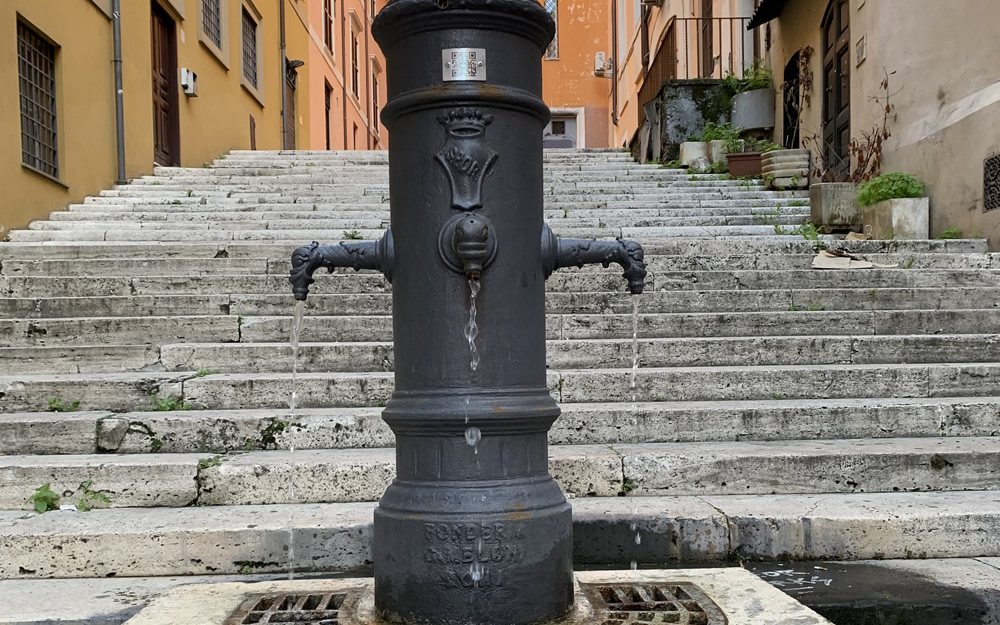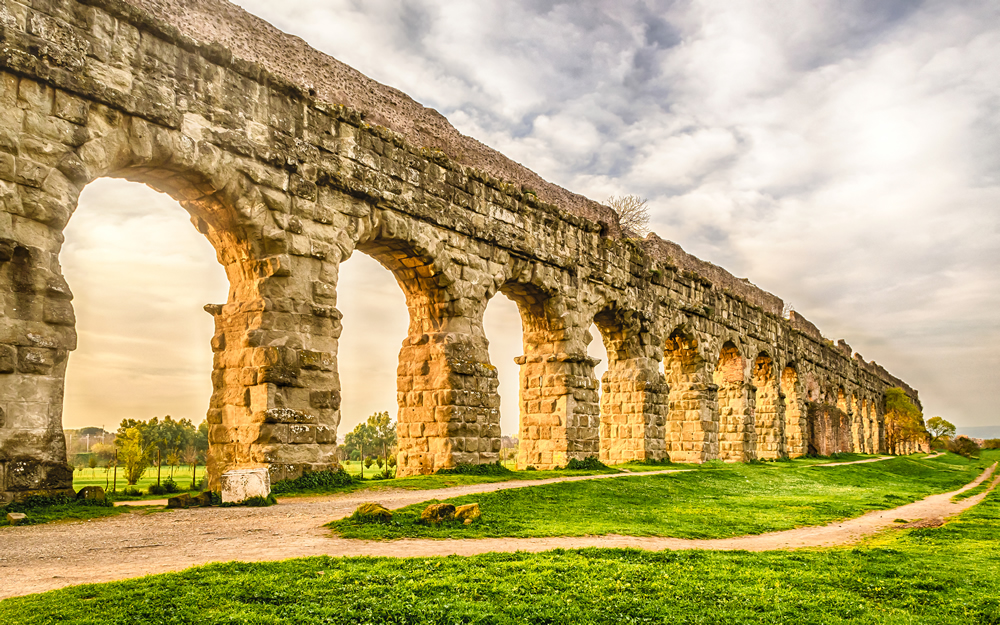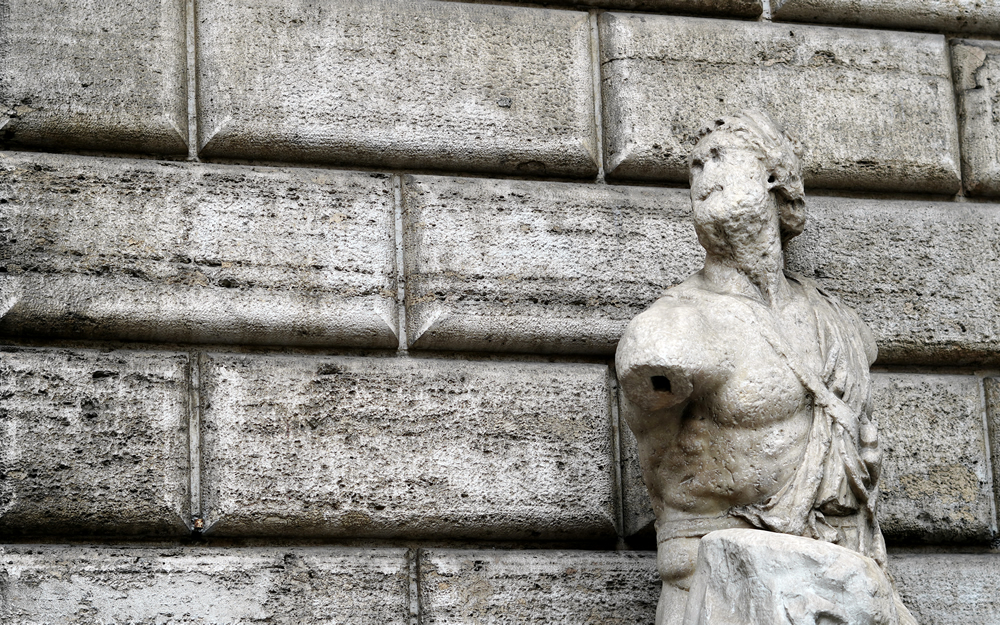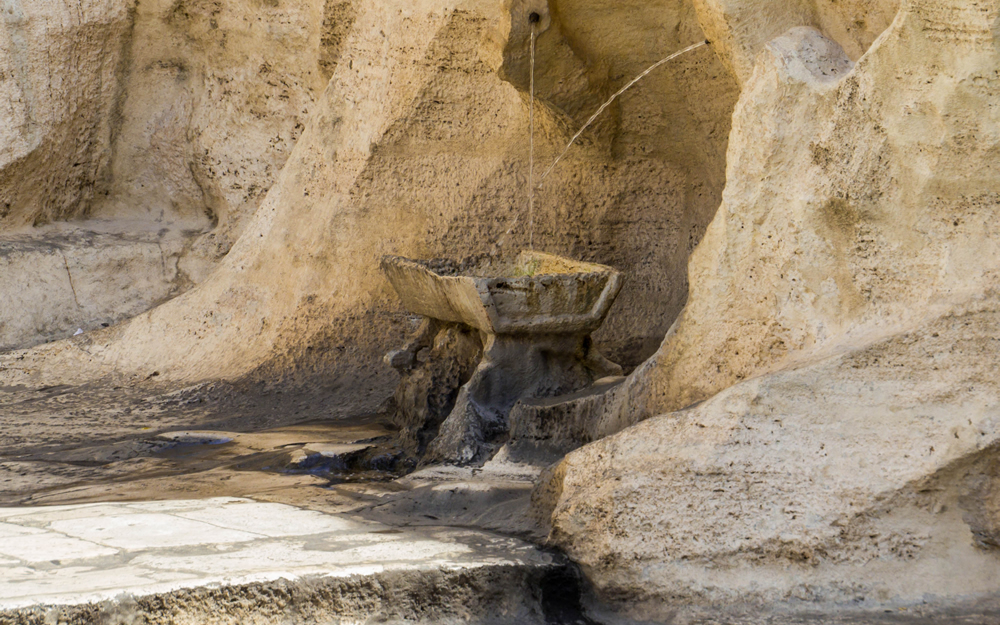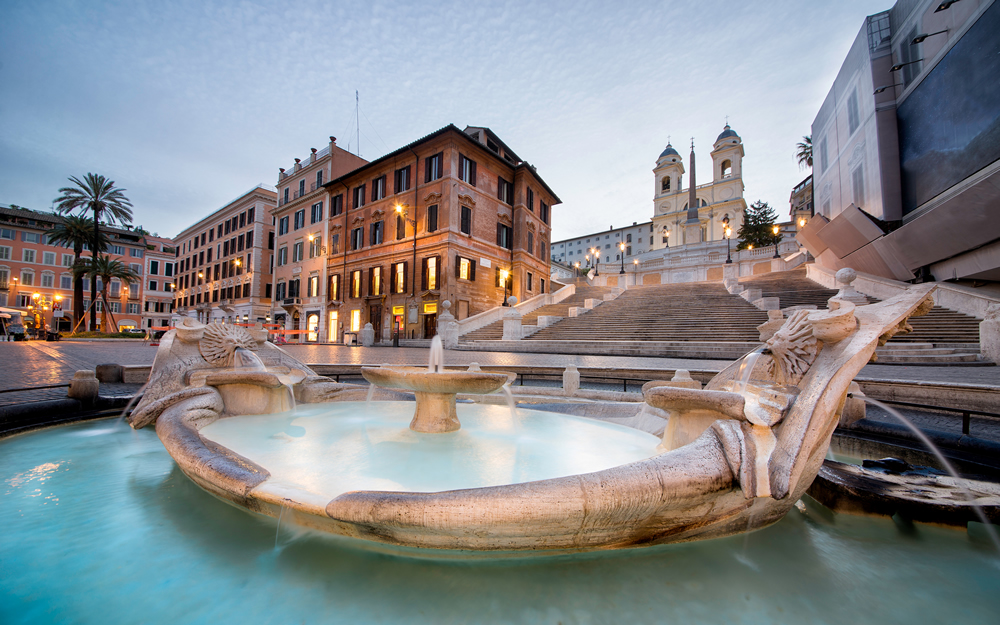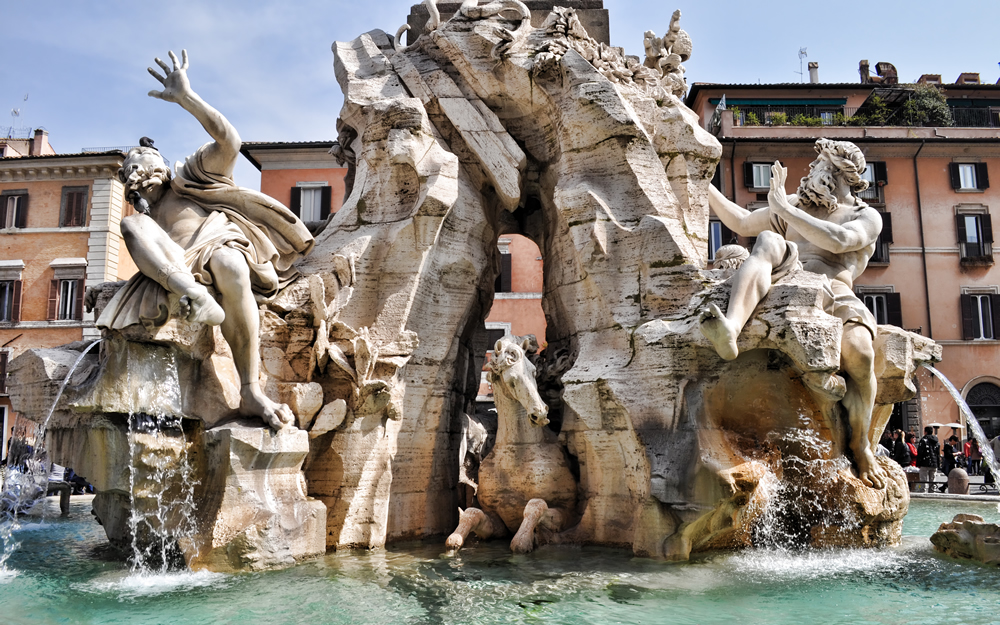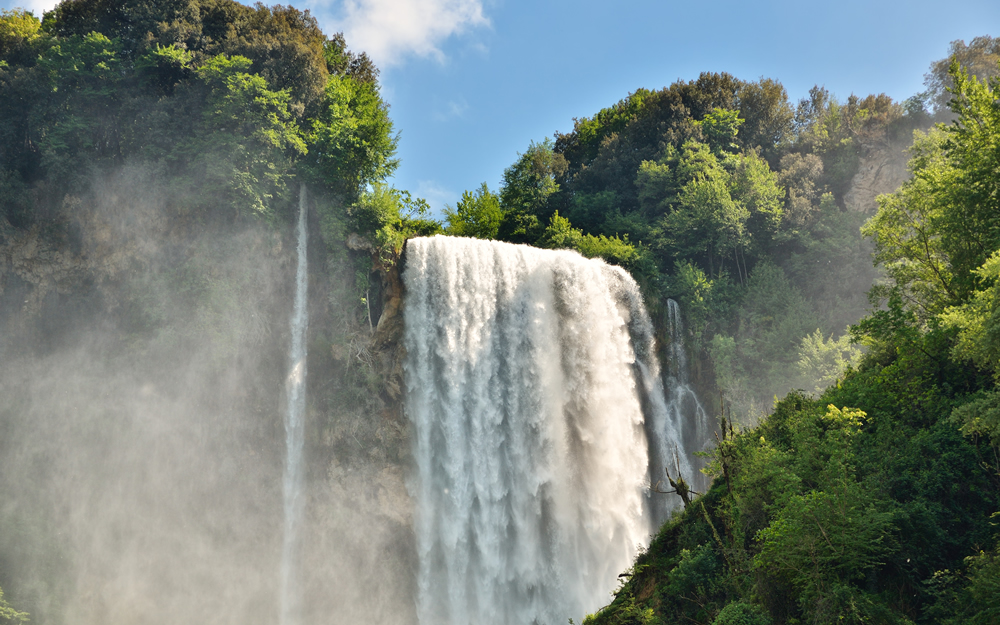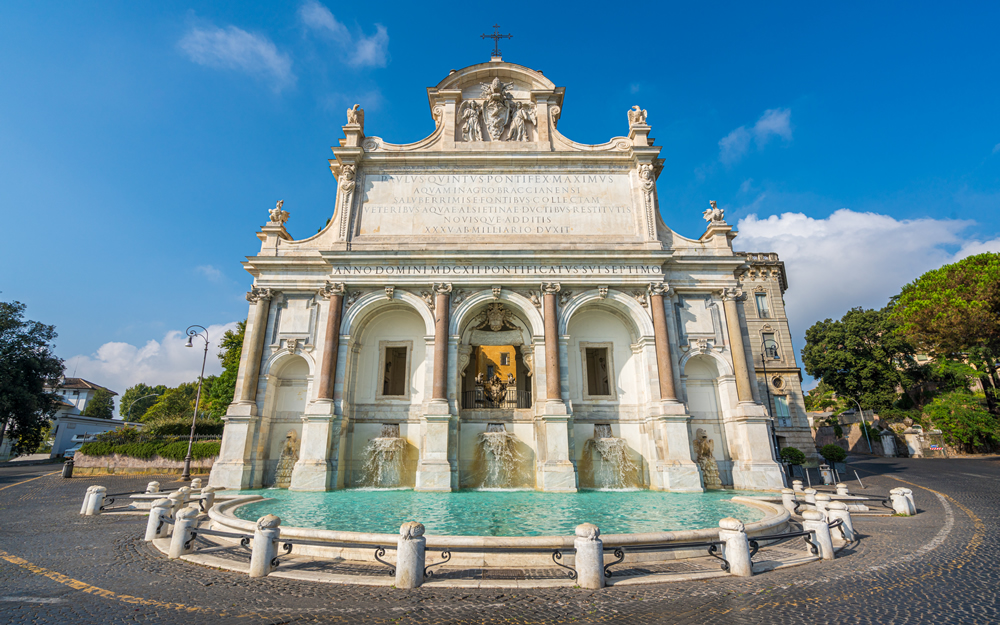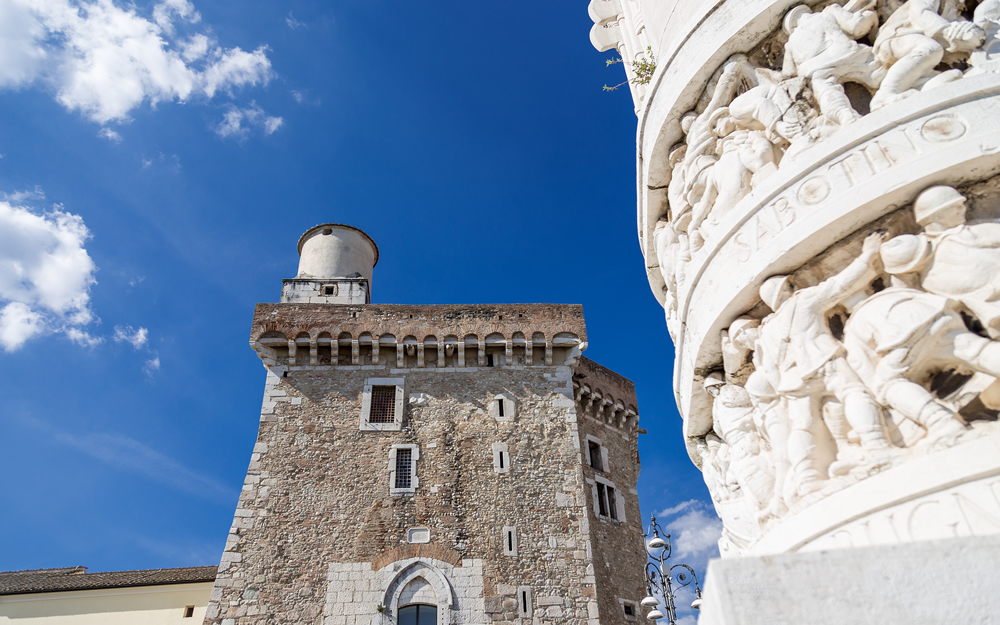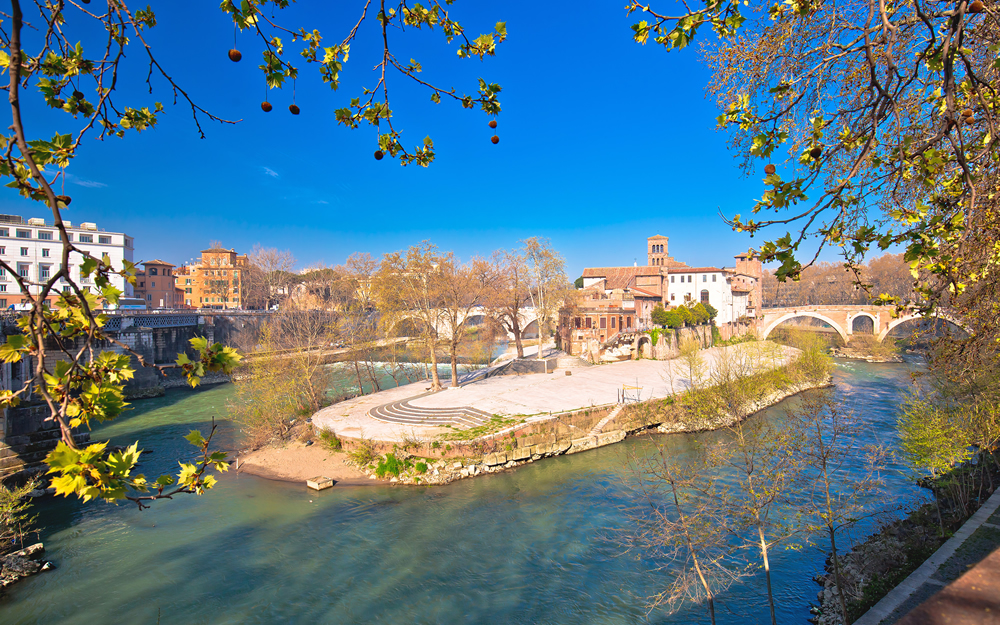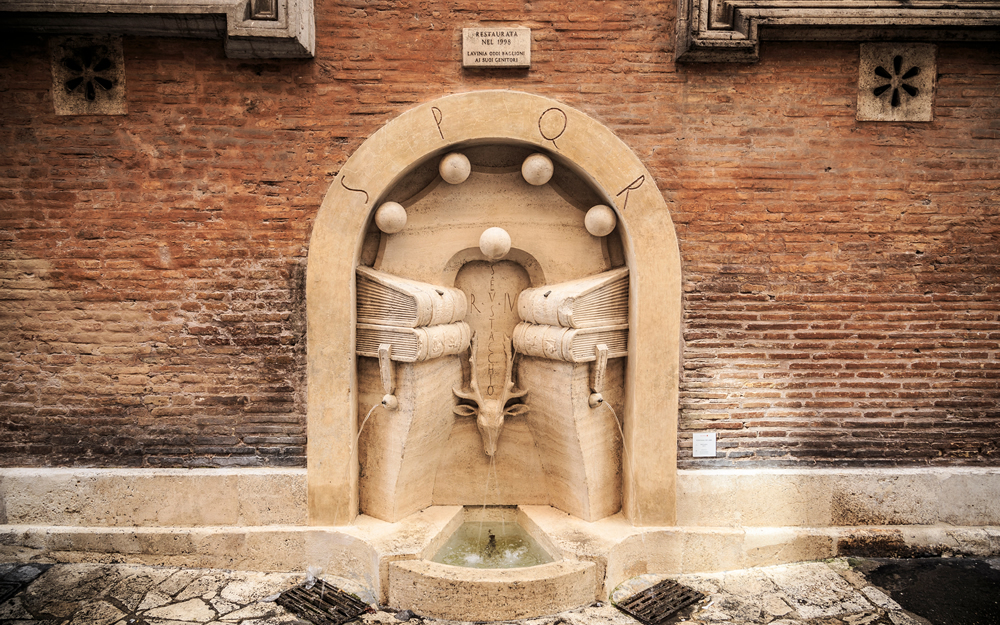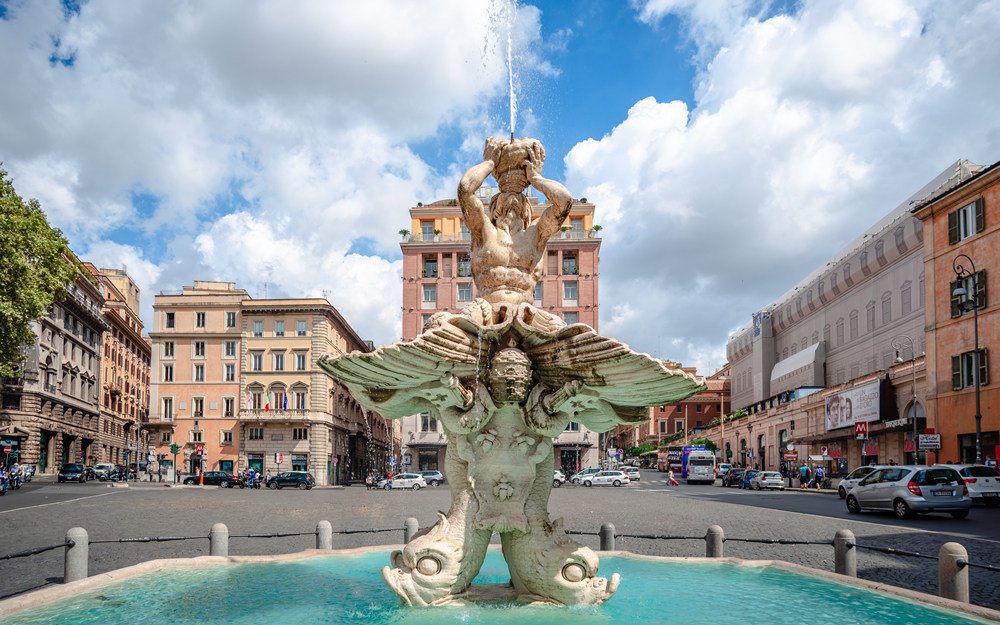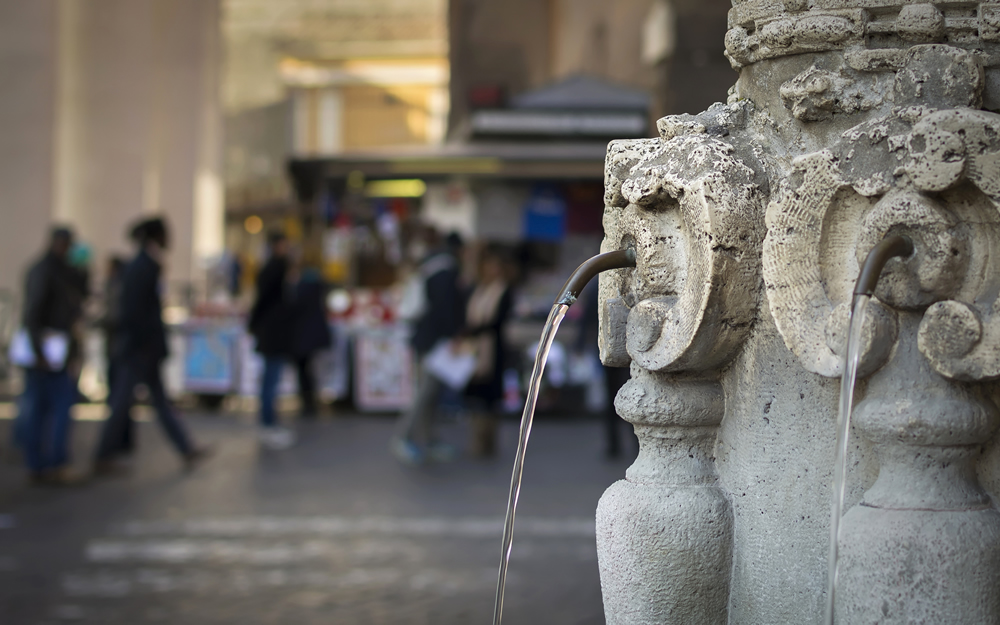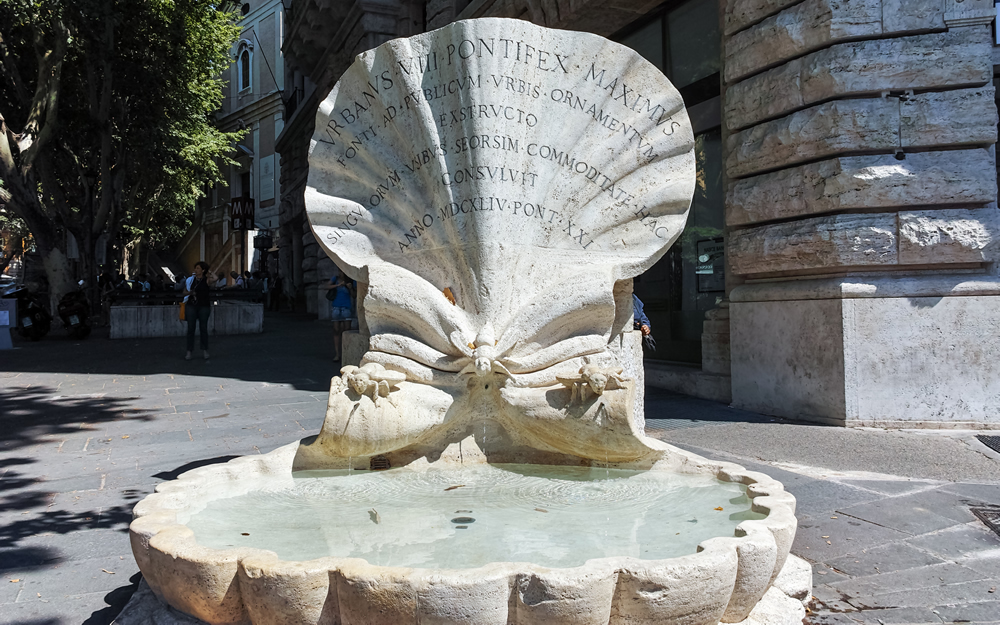- Home /
- Voice from the city /
- Everything you (maybe) didn’t know about the Tiber
Everything you (maybe) didn’t know about the Tiber
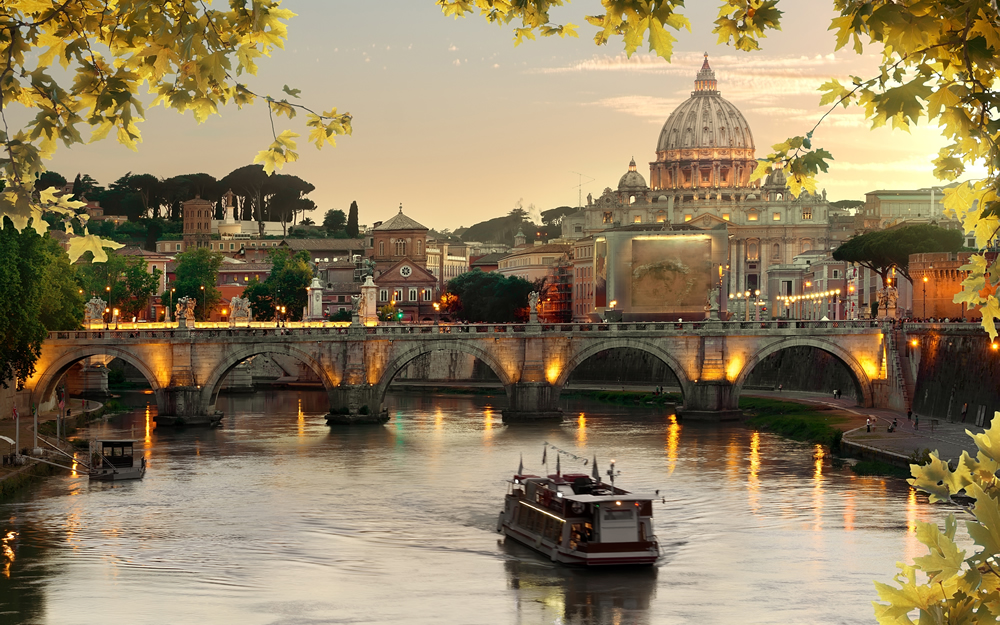
We can’t talk about Rome without mentioning the Tiber, a river that symbolizes the city and undoubtedly played a fundamental role in the Roman Empire’s fortune.Precisely because of its importance, the Tiber River is the centre of many fun facts and legends about Rome and the Romans. Let’s learn more about them in this article!
1. Why is the river in Rome called Tiber?
The river has had various names over the centuries. The oldest hydronym was Albula, which refers to the clear colour of its waters. Another ancient name for the Tiber was Rumon, a name of Etruscan origin that was, according to some, attributable to the city’s name.
The current name, Tiber, could have two derivations: according to Virgilio, it derives from the old Etruscan name Thybris; according to others, it could be related to King Tiberinus Silvius, who supposedly drowned there.
2. Do you know where the Tiber starts?
The source of the Tiber River is located on the slopes of Mount Fumaiolo in the province of Forlì-Cesena. Not everyone knows that in 1923 Mussolini moved the regional borders, in order to include Mount Fumaiolo in Forlì. In fact, he wanted the sources of the Tiber to be located in his province of origin. The Tiber crosses through four regions (Emilia-Romagna, Tuscany, Umbria, and Lazio) and, after travelling 405 km, it flows into the Tyrrhenian Sea, in Ostia.
3. Did you know that Rome’s fortune is linked to the Tiber?
The Tiber has always played very important roles for the city. Just think about the fact that its waters were used to transport the materials used to build imperial Rome. The Tiber has been a crucial communication channel, housing ports and strategic mills throughout the ages, and was frequented by fishermen, washerwomen, and boatmen. Today, you can still see some boats on the Tiber, as well as anchored boats used as restaurants.
4. Did you know that Trastevere comes from “Trans Tiberim”?
The Trastevere neighbourhood, with its name from the Latin Trans Tiberim - that is, beyond the Tiber - recalls how, in ancient times, the river divided what seemed to be two worlds, so close and yet so different. The Trasteverini, the inhabitants of the northern slope, had a strong sense of belonging to the neighbourhood and called themselves “noantri” (we, the others). All the others were “voantri” (you, the rest).
5. What is the link between Tiber Island and medicine?
According to an ancient legend, a miraculous spring flows in the island’s underground and has always been used by the Romans to cure diseases. Legend or not, the Tiber Island has an ancient link with healthcare and medicine: in Roman times, there was the temple of Aesculapius, the god of medicine; today, the island is home to the San Giovanni Calibita-Fatebenefratelli Hospital and a pharmacy with original 16th-century shelves.
6. Do you know all the ancient bridges that cross the Tiber?
There are four ancient bridges that still connect the two banks of the Tiber:
- The Milvio Bridge, built out of stone in 109 BC;
- Hadrian’s Bridge (or the Castel Sant’Angelo Bridge), built in 134 AD and modified in the 16th century;
- Ponte Sisto, built on the Ponte di Agrippa route in 215 AD but modified in the 15th century;
- Pons Cestius (Trastevere side) and Ponte Fabricio (Urbe side, dating back to 62 BC) are the bridges that connect the two banks of the Tiber through Tiber Island.
7. Did you know that the Tiber saved Romulus and Remus?
According to the ancient legend, the twins Romulus and Remus were born from the forbidden union of Mars with the Vestal Rhea Silvia. The newborns, condemned to death by the reigning Amulius, were rescued in a basket, abandoned in the waters of the Tiber. They were found on the right bank of the Tiber, precisely where a flood left the basket, by the she-wolf that suckled and raised them.
8. How does the Tiber appear in art?
Perhaps not everyone knows that the Tiber often appears in works of ancient Rome (particularly in Rome’s monumental fountains). The river, which is so important to the city, is represented by an imposing man with a long white beard who has an amphora, an oar, and a cornucopia. The twins, suckled by the she-wolf, also appear frequently.
9. How many movies have been shot on the Tiber?
Many famous movie scenes have been filmed along the banks of the Tiber. Some examples: “Cops and Robbers”, “Accattone”, “Poor, But Handsome," “The Great Beauty”, and “They Call Me Jeeg” to name a few.
10. Did you know that river floods have marked the history of Rome?
From its founding until today, the floods of the Tiber have accompanied the entire history of Rome. Quite often, these were memorable events that flooded much of the historic centre (in some cases, reaching Piazza di Spagna). Only with the construction of dams and embankments during the 19th and 20th centuries was it finally possible to keep the floods under control and save the city from the constant threat of flooding.
Want to learn more fun facts about the Eternal City? Discover other points of interest, suggested by Acea Waidy Wow!.



